Why You Should Choose Native Plants for Your Spring Plantings
Our Hudson Valley region offers a diverse and abundant range of plants that are highly beneficial to native pollinator insects and birds. You might be familiar with Milkweed’s crucial role in the survival of monarch butterflies or the wonderful smell of Bee Balm (Monarda) and its ability to attract bees, butterflies, and hummingbirds. There are, however, many reasons to prioritize native plants in your gardens and yards this spring, including environment adaptation, invasive species control, biodiversity conservation, erosion and drainage, and, lastly, aesthetics.
Adaptation to local environment: Hudson Valley native plants have evolved over time to thrive in this specific climate, these soil conditions, and this specific ecosystem. The plants are well-adapted to the local weather patterns, rainfall levels, and live in symbiosis with the many insects and birds. All of this is to say native plants require less maintenance, water, and fertilizer compared to non-native plants.
Biodiversity conservation: Native plants provide critical habitat and food sources for local Hudson Valley wildlife, including pollinators like bees, butterflies, and birds. Hundreds of insects and birds rely on these plants being here to survive. By planting native species, you can help support and preserve the native biodiversity of our region. Many native plants have co-evolved with native pollinators, forming intricate relationships that are vital for the survival of both.
Ecosystem services: Native plants offer various ecosystem services that contribute to the overall health of the environment. They help prevent soil erosion and filter water runoff, which are mightily important for many of us who have sloping or hilly yards. Native plants, particularly trees, also help improve air quality and provide shade and cooling.
Invasive species control: Planting native species can help reduce the spread and impact of invasive plant species such as stilt grass, garlic mustard, oriental bittersweet, porcelain berry, barberry, and many others. These are particularly problematic in Westchester County and surrounding areas because they aggressively outcompete and displace native vegetation, disrupting natural ecosystems. By choosing native plants, you can help maintain the integrity of our local habitat and prevent the loss of our native plants.
Cultural and aesthetic value: Native plants often hold cultural and historical significance to a region's indigenous communities. By planting native species, you can celebrate and honor the natural heritage of your area. Native plants also contribute to the aesthetic appeal of landscapes, with their unique colors, textures, and seasonal changes.
Overall, planting native species is a sustainable and environmentally responsible choice that we all can easily make while shopping at our local nurseries. If you’d like help choosing plants for your yard, or need a hand with planting, please reach out to schedule a free consultation. Together we can promote the health and resilience of ecosystems, support local wildlife populations, and conserve the natural beauty and identity of our Hudson Valley.




